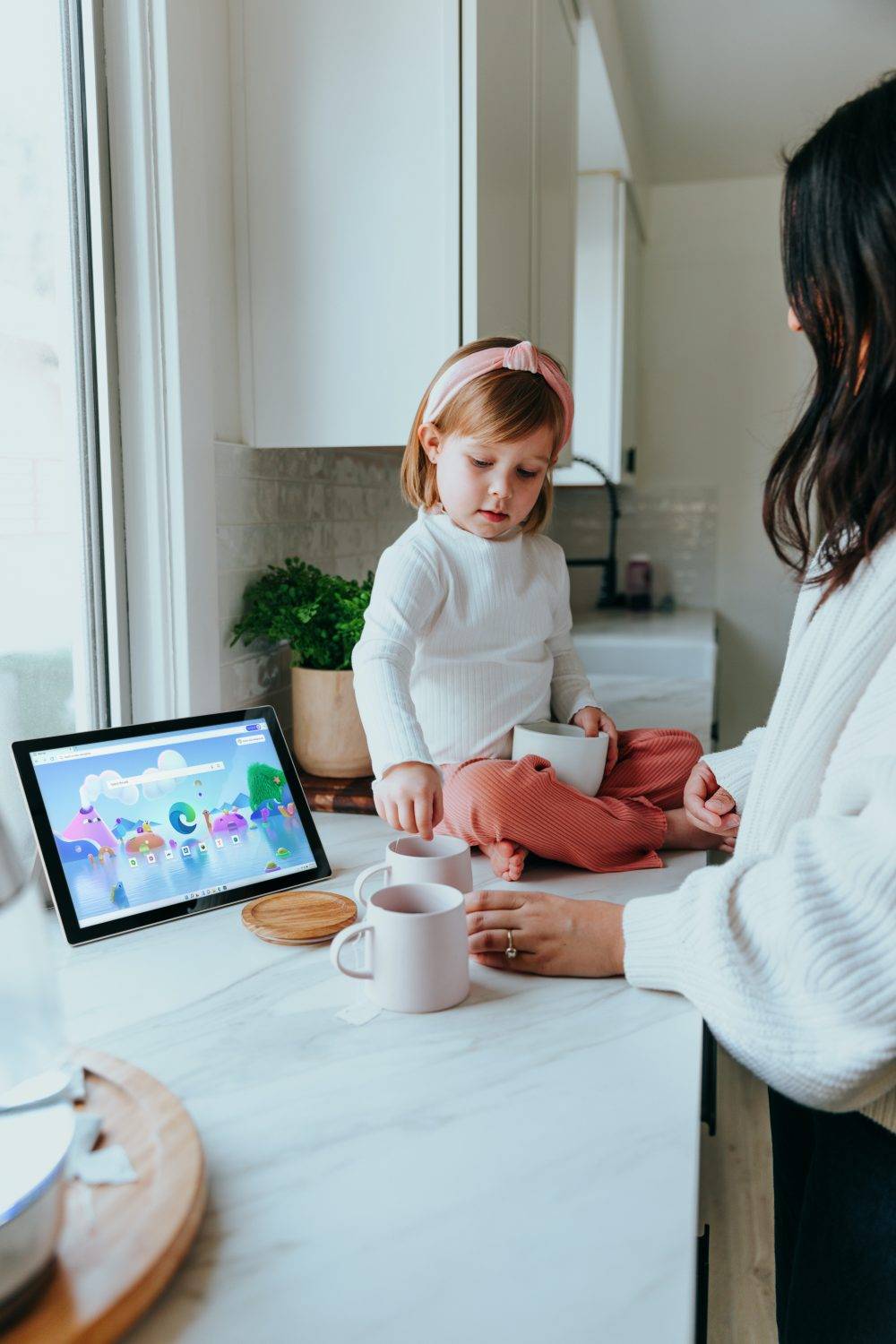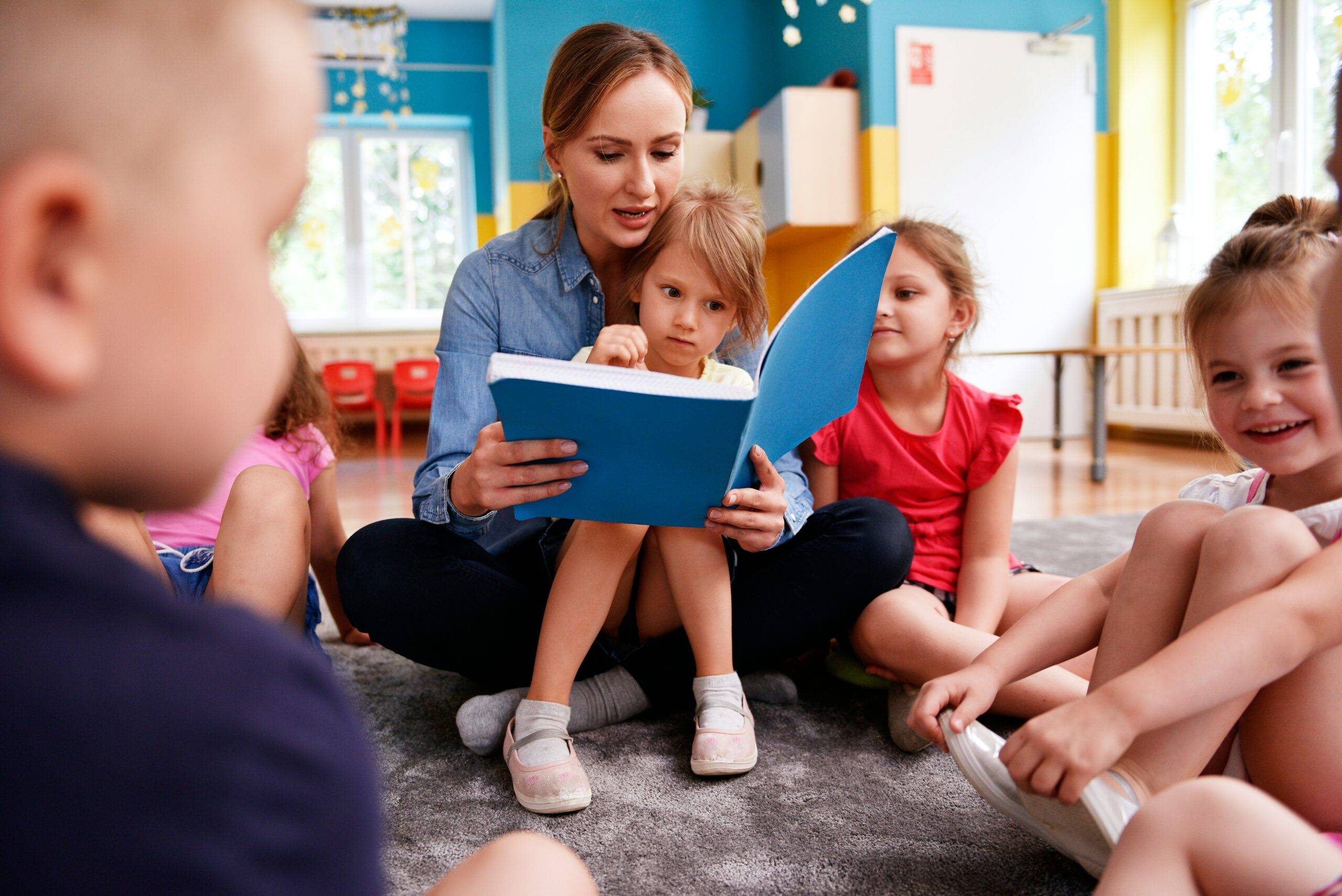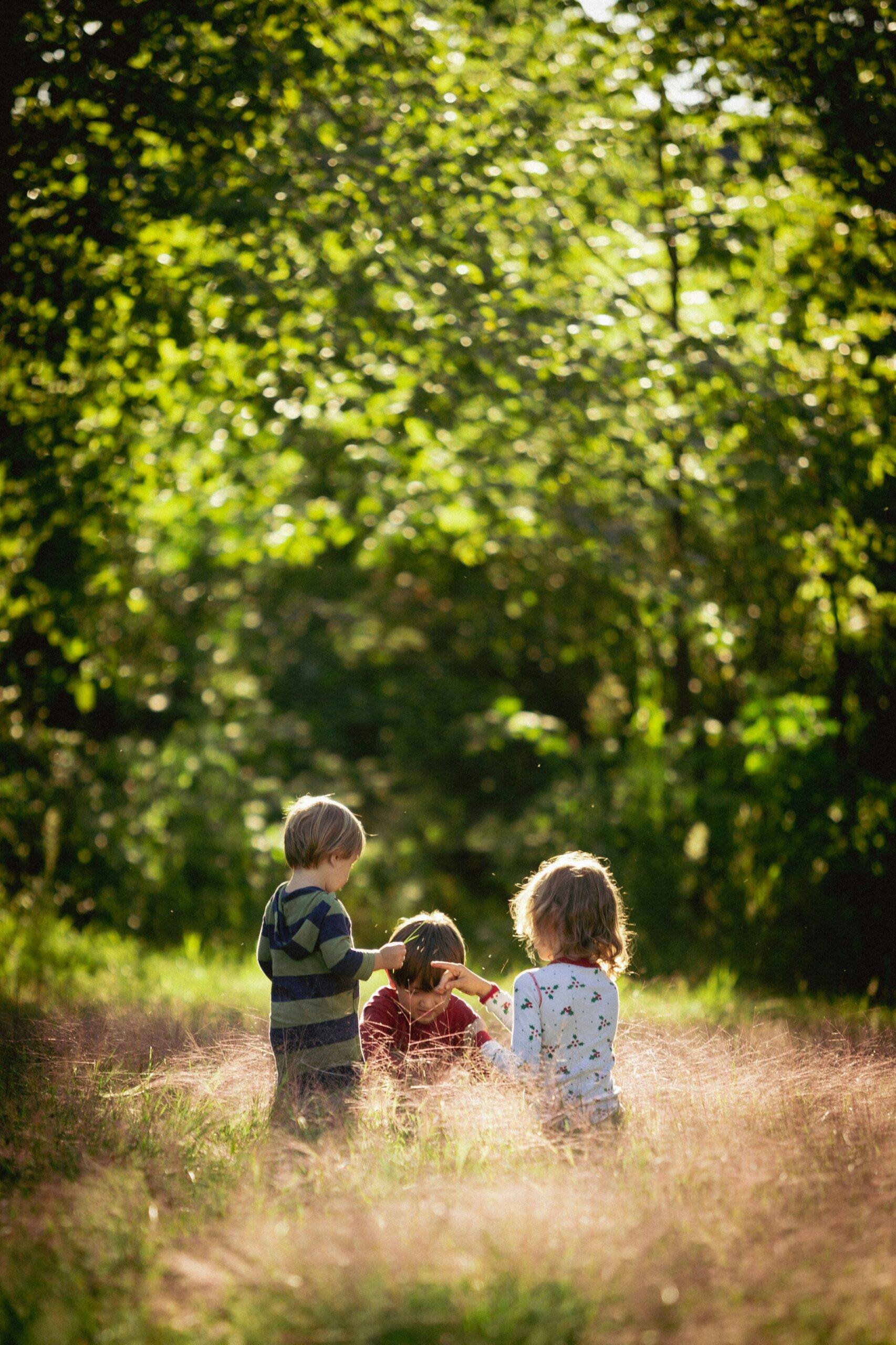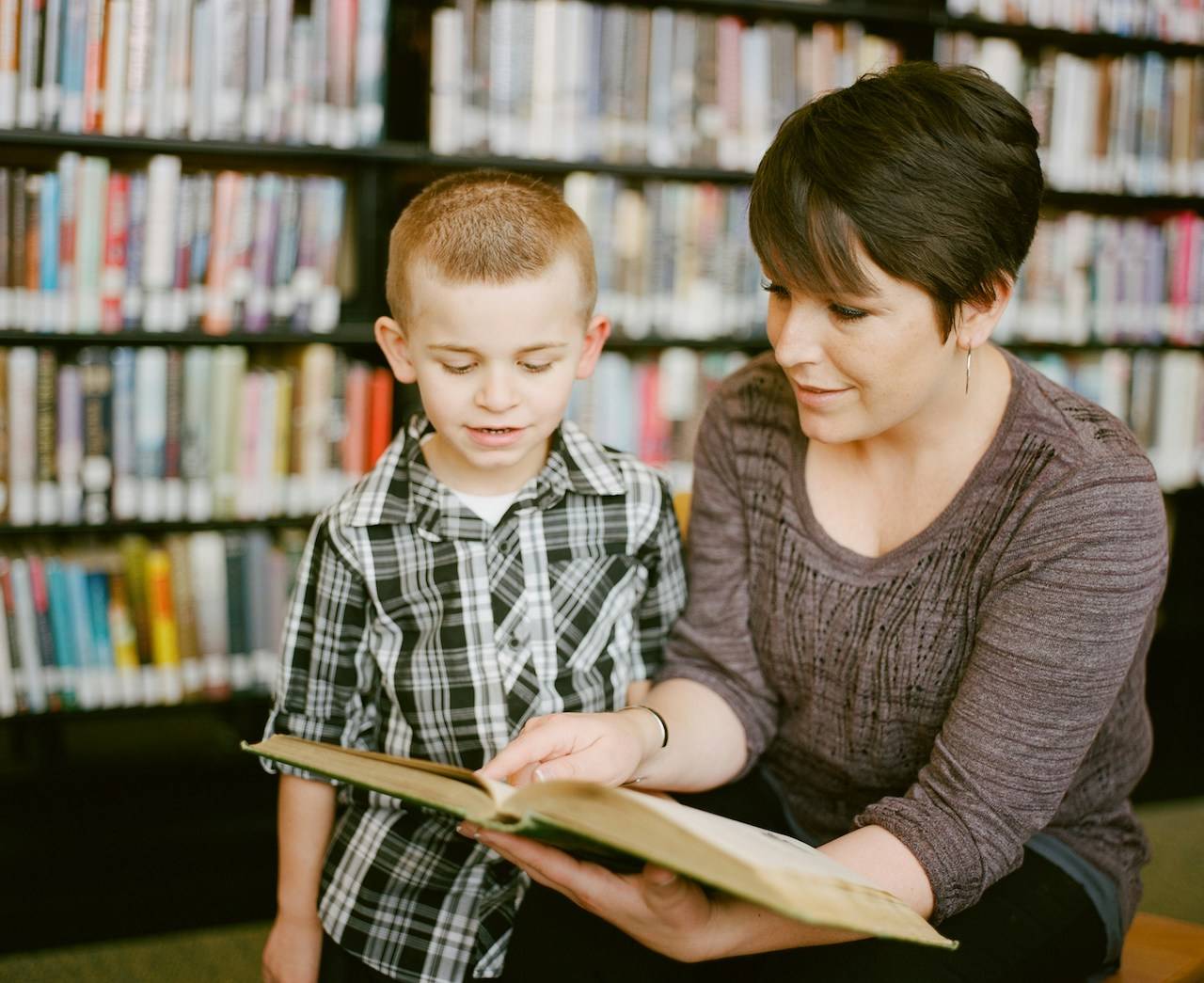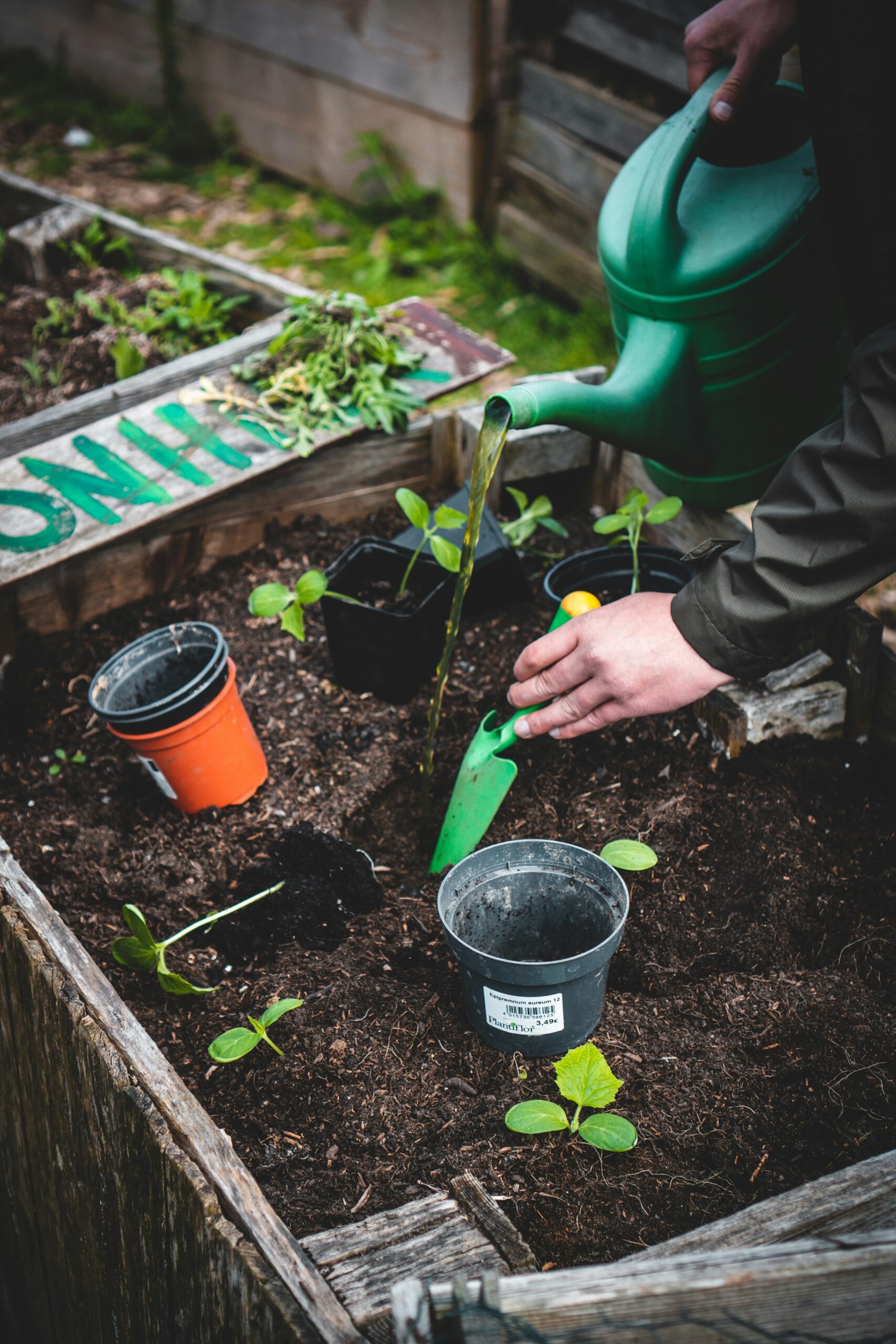Some of the links below may be affiliate links. This means that, at zero cost to you, I will earn an affiliate commission if you click through the link and finalise a purchase. All product recommendations are products that I have used and loved, or products that I would recommend based on experience.
Are your kids learning at home?
We spend our lives worrying about our children. Their nutrition, their friends, their illnesses, their choices, whether they are learning or not learning, whether we are doing too much to help them, or perhaps not enough. Now there is a new threat to us and to our children. Of course, I’m talking about Covid. It seems we are under threat from all sides, or that’s how I feel anyway.
First there was the uncertainty surrounding the safety of the vaccines, now the safety of the boosters, not to mention the anxiety around the safety of vaccinating children. Never mind the anxiety around contracting the virus!
As if lockdowns in themselves weren’t enough stress, parents have been at a loss as how to teach their children at home.
Make a positive impact on learning at home.
When it comes to educating children the first thing to remember is that you are your children’s first educator, so whatever you do matters. You’ve got this! There is so much evidence for the benefits of play and the myriad of physical, emotional, and mental well-being benefits of play. As a parent you might be wondering what type of play? Should you play with your child? Should you initiate play? Should you leave them to play on their own? Will they learn anything? Allow me to break things down for you so that you can feel comfortable in the knowledge that your children continue to learn even when they are not at school.
6 Easy ways to help kids learn at home
1. Talk to your children.
Communication is key. As an educator one of the skills, we see increasingly lacking, is children’s ability to express themselves with language. Make sure you are making eye contact to show you are listening to them. Acknowledge what they are saying and make sure you respond IN FULL SENTENCES. Ask children questions. Allow them to respond. It’s our job as educators to teach, so when children are speaking grammatically incorrectly, it’s also our job to gently correct them. Don’t make a big deal of it. Just casually guide them when necessary so they don’t say “somefink” for the rest of their lives.
2. Read to your children
Young children have their favourite stories. They usually want the same story night after night. I think I knew Jasper’s Beanstalk and Percy the Park Keeper off by heart when my boys were little! This daily reading habit not just before bedtime, but even at times when we just wanted to chill, taught my children valuable lessons, not just about language and the rhythm of language but also that reading is enjoyable. If children find reading enjoyable, then half your battle is won!
3. Count with your children
Start counting. Count the steps to their bedroom. Count toys, count the socks while you do the laundry, count their books, count anything and everything! Counting like learning the ABC is not about simply being a parrot. Children need one to one correspondence. That means counting objects one at a time in an organised manner. Watch this video to learn more about one-to-one correspondence and how you can help your child develop it. https://www.youtube.com/watch?v=dvyLUpE6o7A
4. Get outdoors!
If you are lucky enough to have access to a yard, a garden, a local park, a beach, use it! Have you ever been to a zoo and watched a big cat prowl up and down, backwards, and forwards, repeatedly, over, and over? I once witnessed a tiger do just that in a zoo. It was a pitiful site. I understood the meaning of “caged animal”. Children act the same way when they can’t get out too. They may not pace up and down, they are more likely to be misbehaving, running around madly, throwing tantrums, driving you up the wall! Kids are always calmer after running around and being able to work and learn outdoors. It is a well-documented fact that being outdoors in nature produces serotonin (the happy hormone) and that in turn makes for calm happy kids.
Doing any outdoor activities where children can breathe fresh air and use their bodies to run, walk, climb, swim, bike, anything, as long as they are moving, will not only make your children happier and calmer, but without knowing it, you are instilling in them a love and appreciation for nature not to mention the added benefit of improving your own mental health and well-being too!
I totally understand that not everyone has access to an outdoor area especially if you live in an apartment and are locked down. It’s amazing how when the world was in full lockdown last year there were so many people coming up with ingenious ways to entertain their kids and keep them moving. The web is full of activities and ideas to keep children active and moving their bodies indoors. Check out this fantastic site for ideas and research backing the value of being outdoors https://www.childrenandnature.org/
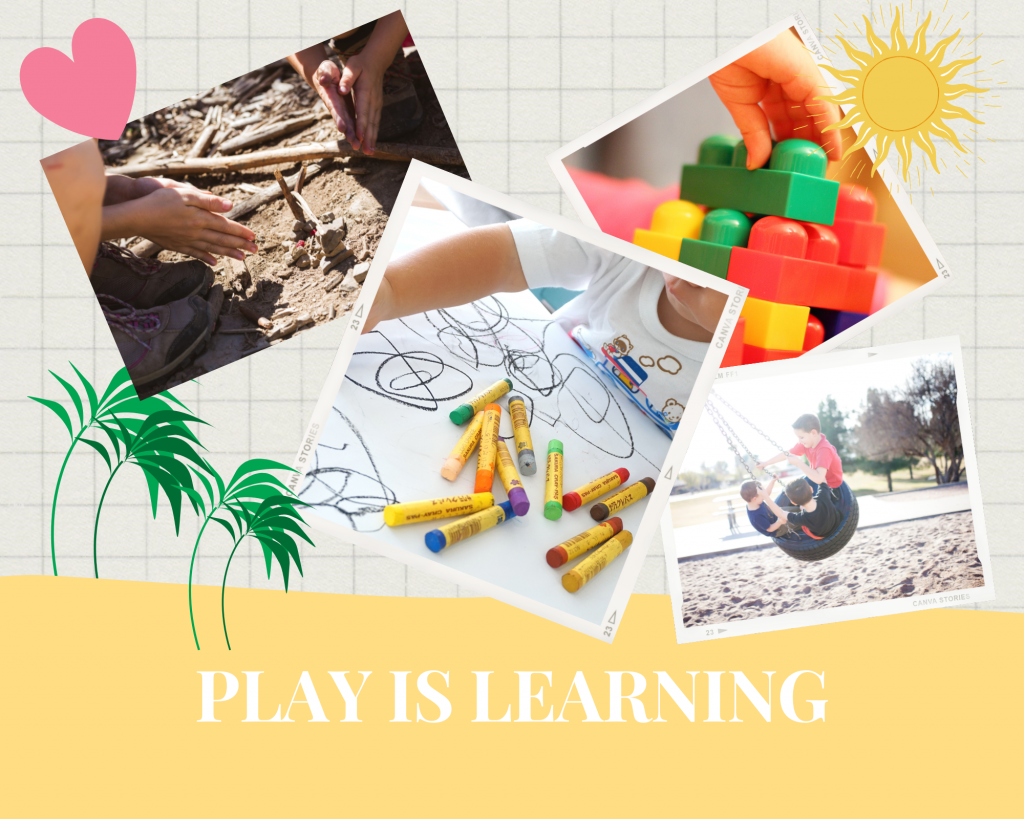
5. Let them play!
Let’s look at some basic types of play where young children are learning automatically.
Playing with Lego or blocks. This teaches spacial awareness skills, geometry, problem solving and creativity.
Pretend play. Playing with their toys and pretending to take on a roll e.g., mummies and daddies, or setting up shop, a restaurant or a vet playing with their animals and toys. This is great because once they get the hang of it, you don’t have to be there supervising or playing along because they will instinctively know how to play. Children will only know how to “be a vet” when they have seen a vet in action. They will need to go with you when you take your pet to the vet, or they will need to get their knowledge from a movie or a story book. This is what we in education call building schema. To build the schema, you will need to provide some input. When children are engrossed in pretend play AND when they have that schema built in, they will be using language to express themselves, including the appropriate vocabulary. They are also learning social skills, like taking turns and how to compromise. All vital skills and attributes that children need for collaborative learning.
Structured play. This is when you the educator/parent are putting out specific things that you want your children to engage with to teach a specific skill. You might set up some sand toys, buckets and spades in a sandpit because you want them to experience the quality of various materials e.g., that containers hold sand and water and what happens to sand when it gets wet.
Unstructured play. When children engage in play on their own with whatever objects are around. The best unstructured play does not require any expensive or fancy toys. Some cardboard boxes and lengths of fabric (old sheets, tablecloths, or towels) are all you need. Or some pebbles , small logs or sticks, or other natural objects that you have found on walks or at the beach. You might want to start them off by showing them how to build a fort with a large box for example (a favourite of every child on the planet), once you have done it, they will soon start making improvements and finding ways to make it more elaborate all on their own. Children will be learning problem solving, creativity, tenacity, risk taking and so much more.
6. Get creative!
Get out some art and craft supplies. I have heard some sad stories of parents not allowing their children to paint for fear of getting themselves or the house dirty. Seriously? Cover the surface with an old tablecloth or plastic sheet or newspaper. Something that can be wiped off or thrown into the recycling afterwards. Children can wear an art smock or one of your old T-Shirts or just some play clothes that are not precious and of course washable! You don’t need new paper, use the back of junk mail or empty boxes, or cut off a sheet from those rolls of paper you can buy from IKEA https://www.ikea.com/au/en/p/mala-drawing-paper-roll-80461083/
https://www.ikea.com/au/en/cat/mala-series-11671/
Use water-based paints, crayons, felt tip markers, wax crayons, coloured pencils, even just some old magazines that can be cut up and glued to create a paper collage!
Conclusion
Not everything needs to be learnt with paper and pencil, especially in early childhood when children are still learning about themselves and the world around them. So, give yourselves and your children permission to enjoy the time you have together. We are all learning, all the time, children don’t come with a manual, but armed with some common sense, your fantastic instincts and your attention, your children will learn and thrive.
If you have found this post informative or interesting, please share it using the share buttons below, and subscribe to Get Curious, the inspirational weekly newsletter for curious educators! Go to https://resources.bloomingcurious.com/getcurious
Listen 🎧 to the accompanying podcast at https://bloomingcurious.com/podcast-episode/ep-3-how-to-help-kids-develop-wonder-and-curiosity-at-home/
